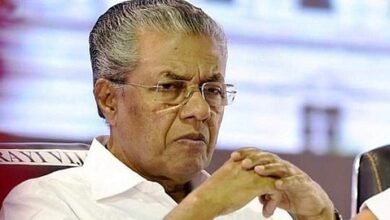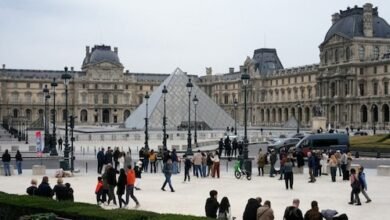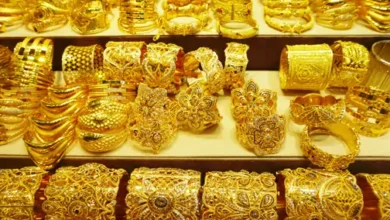
Diwali’s Deep Roots: Unpacking the 4 Triumphant Legends Behind the Festival of Lights
NEW DELHI—The annual festival of Diwali, or Deepavali, is much more than just a spectacular display of lights and fireworks; it is a profound celebration rooted in powerful ancient legends, all of which symbolise the universal theme of the triumph of light over darkness and good over evil.
The primary narratives that illuminate the significance of this ‘Festival of Lights’ include the victorious return of Lord Rama, the slaying of the demon Narakasura by Lord Krishna, the emergence of Goddess Lakshmi, and the attainment of Nirvana by Mahavira.
The Key Legends
1. The Return of Lord Rama:
One of the most prominent legends revolves around the Hindu epic, the Ramayana. Diwali marks the day Lord Rama, his consort Sita, and brother Lakshmana returned to their kingdom of Ayodhya after a 14-year exile and a great victory over the demon-king Ravana. The citizens of Ayodhya famously lit rows of earthen lamps (diyas) to illuminate their path on the dark new moon night (Amavasya), welcoming their beloved prince home.
2. The Defeat of Narakasura:
Another crucial tale connects Diwali to Lord Krishna. According to this legend, the festival commemorates Lord Krishna’s victory over the wicked demon king Narakasura, who was terrorising the gods and humans alike. His defeat freed thousands of captive women and restored peace, an event that is celebrated as Naraka Chaturdashi, often referred to as Choti Diwali, falling on the day before the main festival.
3. The Incarnation of Goddess Lakshmi:
Diwali is also inextricably linked to Goddess Lakshmi, the deity of wealth, prosperity, and fortune. It is widely believed that Mahalaxmi emerged from the churning of the cosmic ocean (Samudra Manthan) on the day of Diwali. Devotees perform special poojas (worship rituals) on this day, lighting lamps to invite the Goddess’s blessings of wealth and prosperity into their clean and welcoming homes.
4. Mahavira’s Nirvana:
Beyond Hinduism, Diwali holds immense significance for the Jain community. For Jains, the day commemorates the Nirvana (liberation/enlightenment) of Mahavira, the last of the Jain Tirthankaras. The lighting of lamps is seen as a way to remember and celebrate the light of his divine knowledge, which guides the path to enlightenment.
All these diverse yet harmonious legends affirm Diwali’s central message: the ultimate victory of righteousness (dharma) over malevolence, serving as a powerful reminder to celebrate the inner light of knowledge and goodness that dispels the darkness of ignorance.







